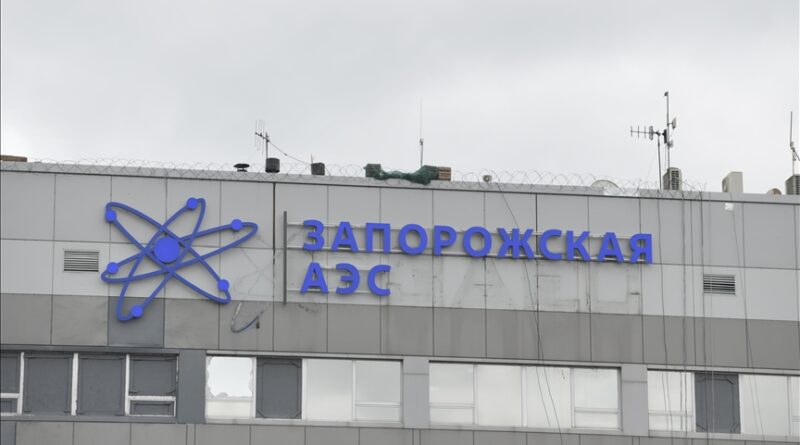Russian Occupation Sparks Nuclear Crisis at Ukraine’s Largest Facility
In the southern region of Ukraine lies the Zaporizhzhia nuclear power facility, a monumental structure, which was under Russian occupation as of March 2023. This facility necessitates a continuous power supply to sustain the operation of cooling and safety systems, thereby averting any potential reactor meltdown. The meltdown of a reactor could trigger a severe nuclear predicament. The occupation by Russia has caused the Zaporizhzhia nuclear infrastructure to lose connection with the main power grid for a consecutive four-day period.
In the wake of the disconnection, political tensions have escalated with Ukraine and Russia assigning blame to each other for assaulting the power supply networks that feed the plant. This nuclear facility, which stands as Europe’s largest, experiences power outages regularly due to its geographical location near the zone of conflict. However, the latest string of blackouts has been the most prolonged one noticed at the site, leading to heightened risks, according to domain experts.
Owing to the recent Russian maneuvers, the Zaporizhzhia Nuclear Power Plant (NPP) has been plunged into darkness on the fourth day. Starting from 23rd September 2025, the power requirements of the facility have been catered to by emergency diesel generators. The official statement laid out that there were ample diesel stocks on-site to ensure uninterrupted operations for a stretched timeframe. However, there was no clarity provided regarding the specific duration for which the reserves would suffice.
These emergency diesel generators are typically referred to as a last resort safety mechanism, reserved for times of extreme crisis. The setup at Zaporizhzhia comprises six reactors, which together contributed to nearly one-fifth of Ukraine’s energy supply before the onset of the war. These reactors have been idle since the Russian takeover of the facility during the initial weeks of the conflict in 2022.
Despite being offline, these reactors continue to demand power for the cooling and safety apparatus at the plant. These systems are crucial as they prevent the catastrophic scenario of reactors melting down, which would trigger a nuclear calamity. The war onset has brought along with it several safety threats to Zaporizhzhia, compromising its operational stability.
The safety hazards have been multitudinous, including frequent bombardments in the surrounding region, recurrent power disruptions, and a dwindling workforce. The Zaporizhzhia NPP, positioned in proximity to the Enerhodar city on the banks of the Dnieper river, shares a close border with the front line of the conflict. Its strategic location has made it a significant concern in the ongoing dispute.
Moscow and Kyiv have been engaged in a blame game, contending that the other side was endangering a potentially catastrophic nuclear situation by launching attacks on the facility. The geopolitics surrounding this nuclear power plant have hence become a focal point of global security discussions. In the midst of this continual state of confrontation, there’s an exigent need to protect such critical infrastructures and avoid a full-blown and catastrophic incident.

